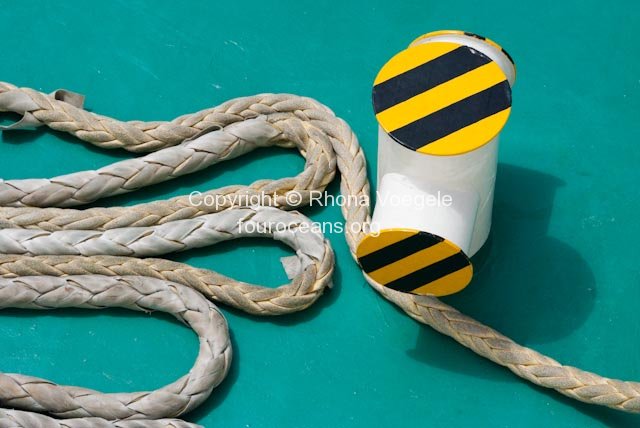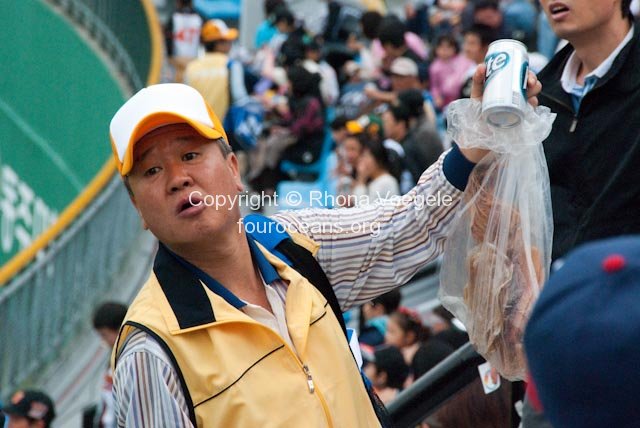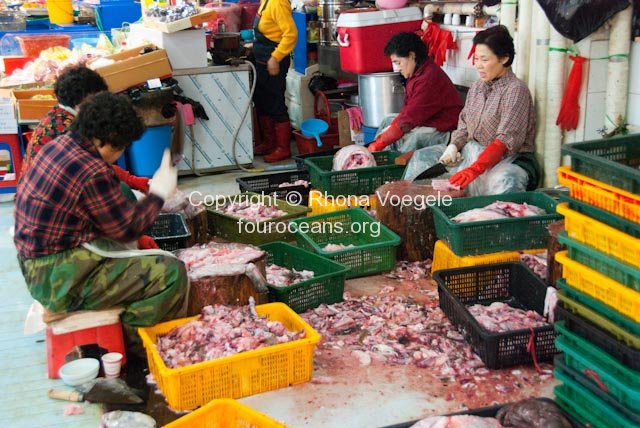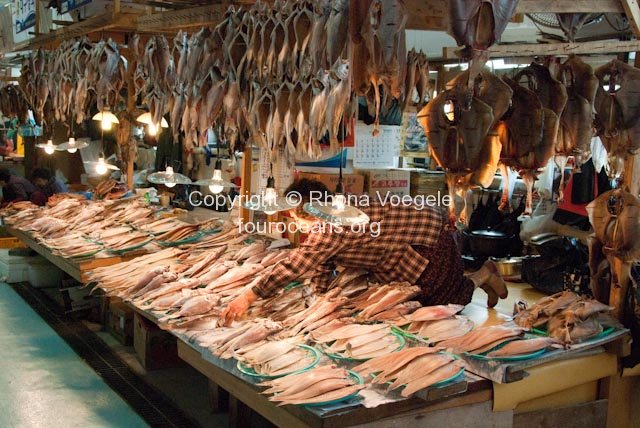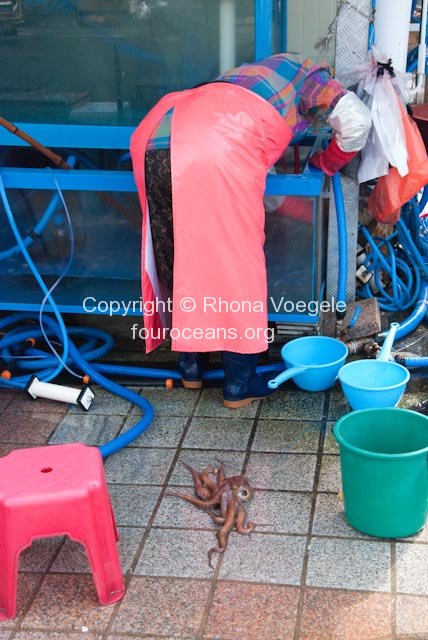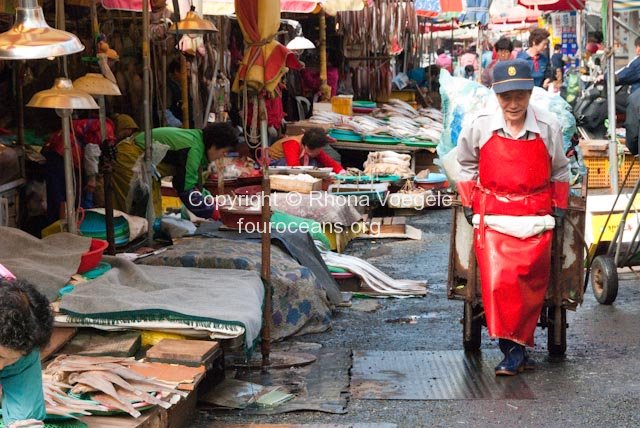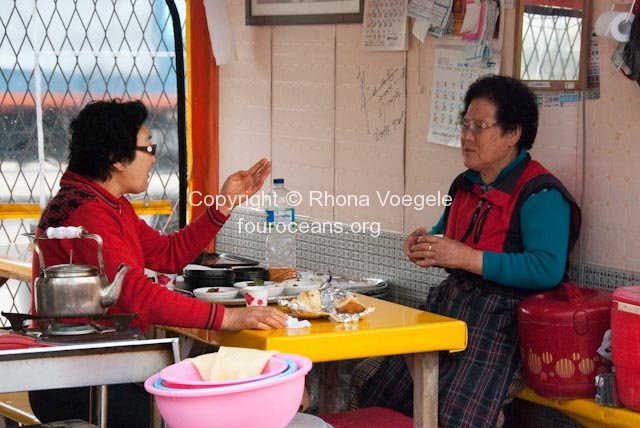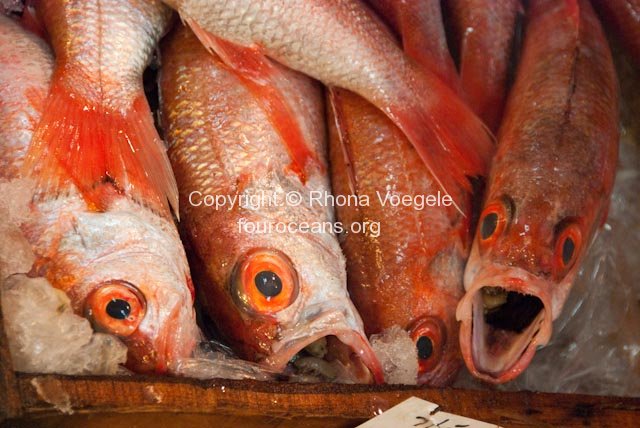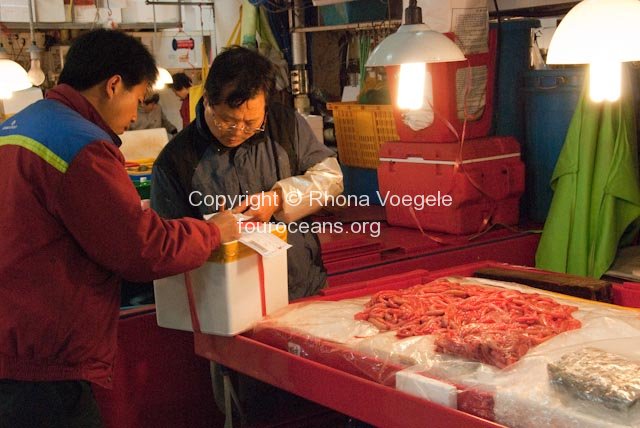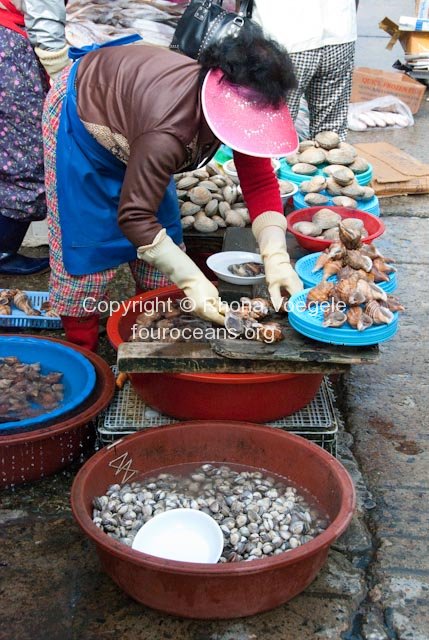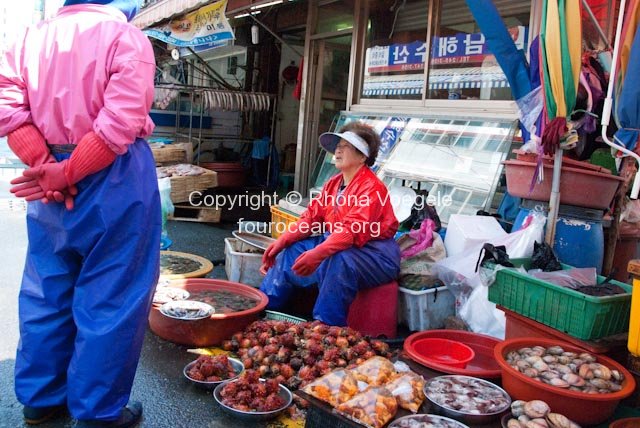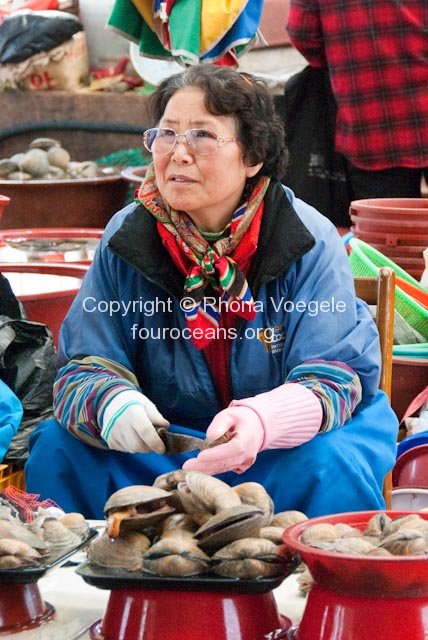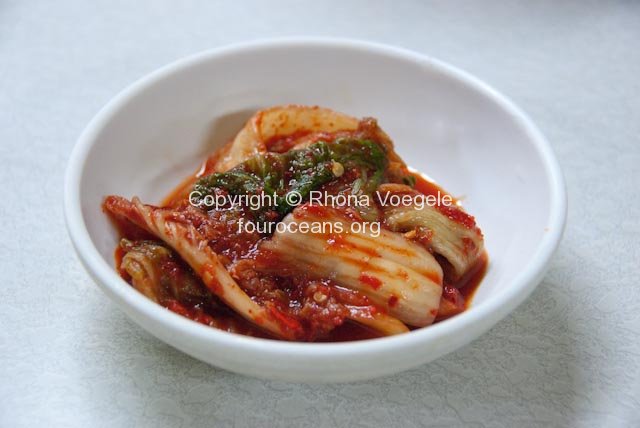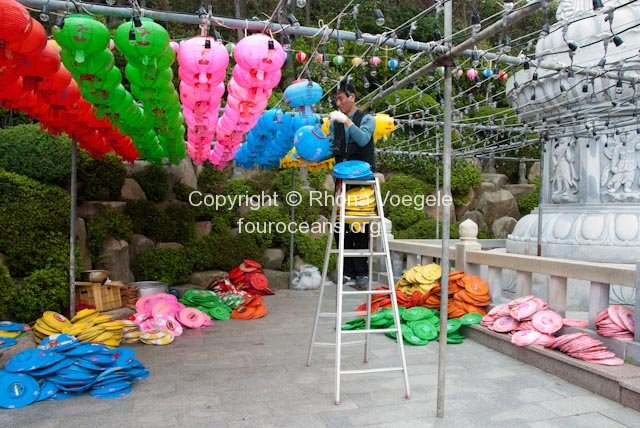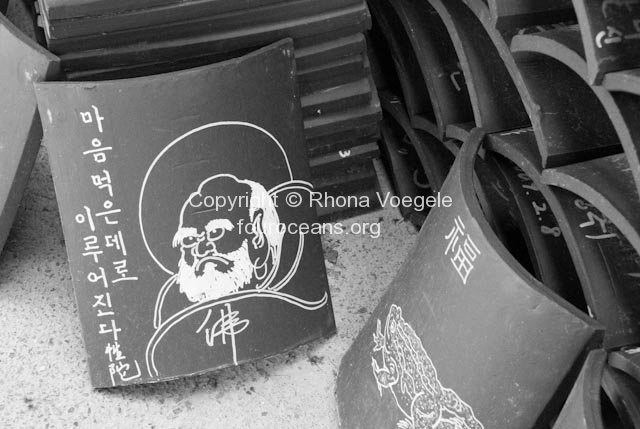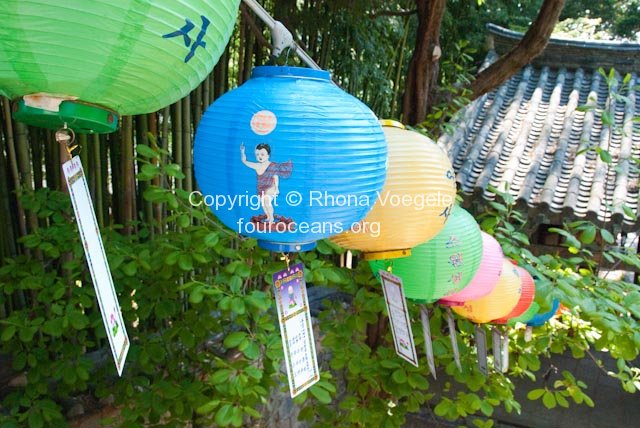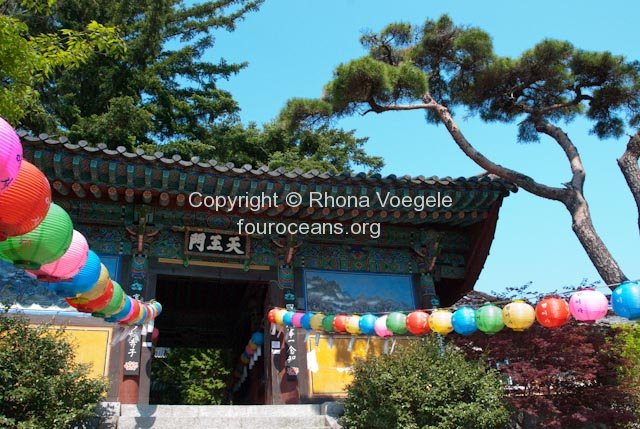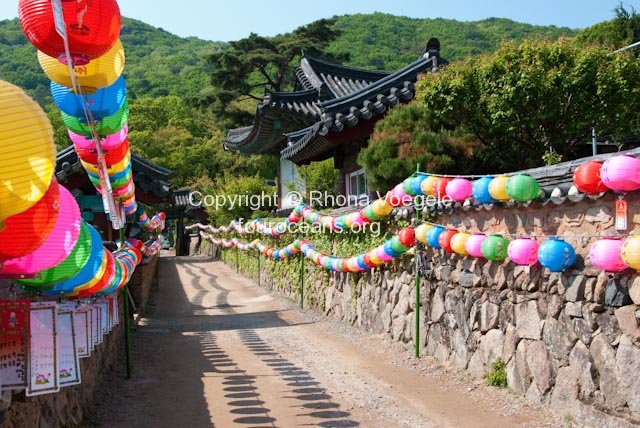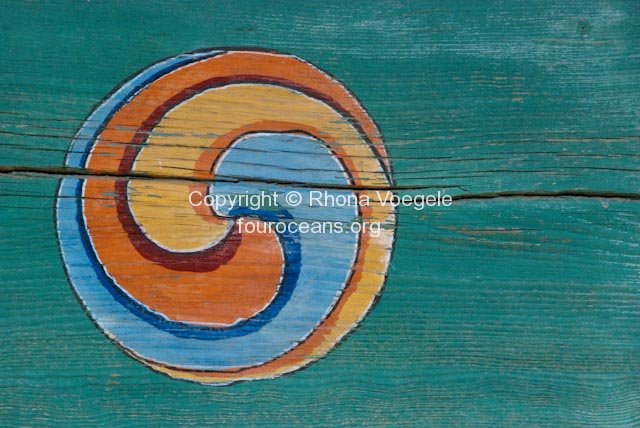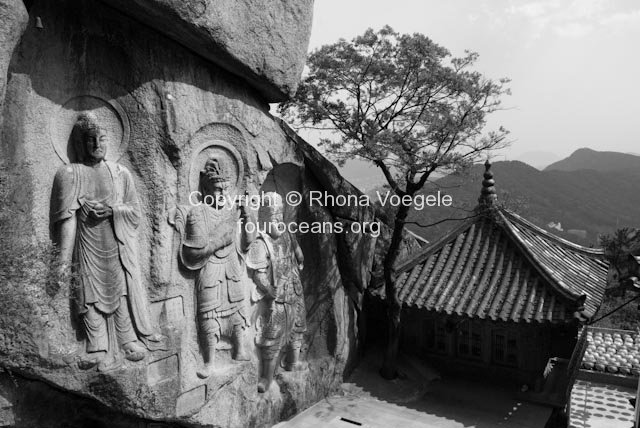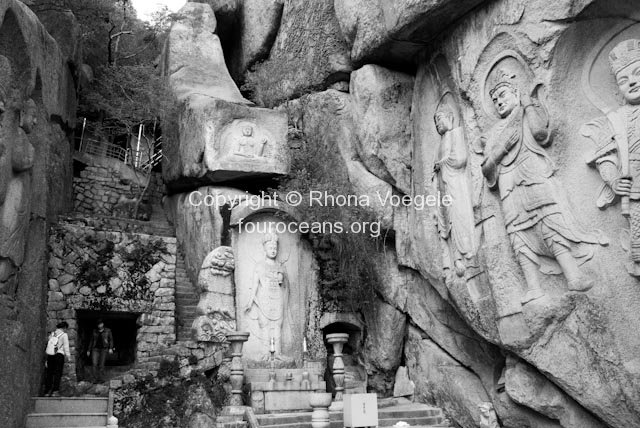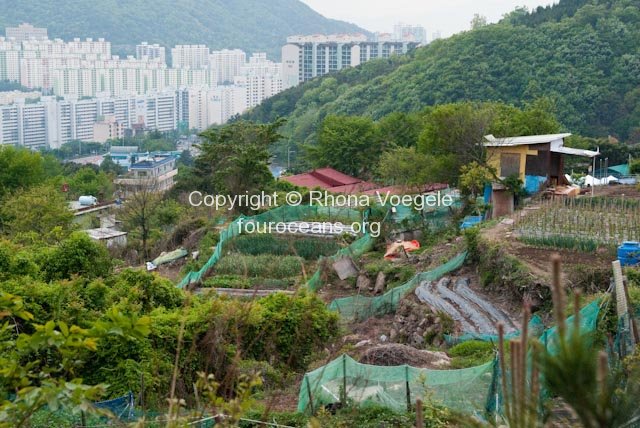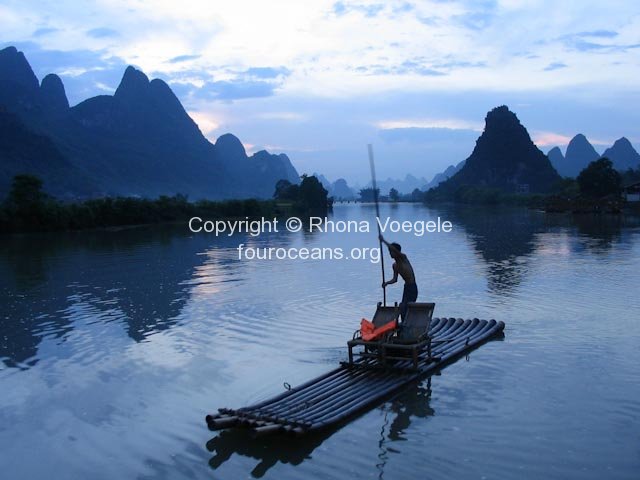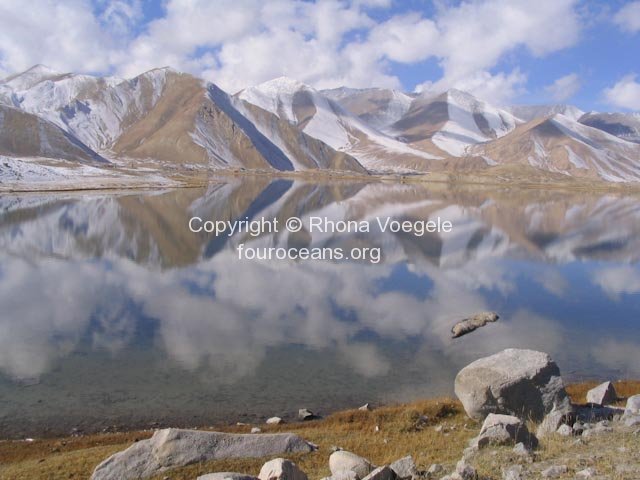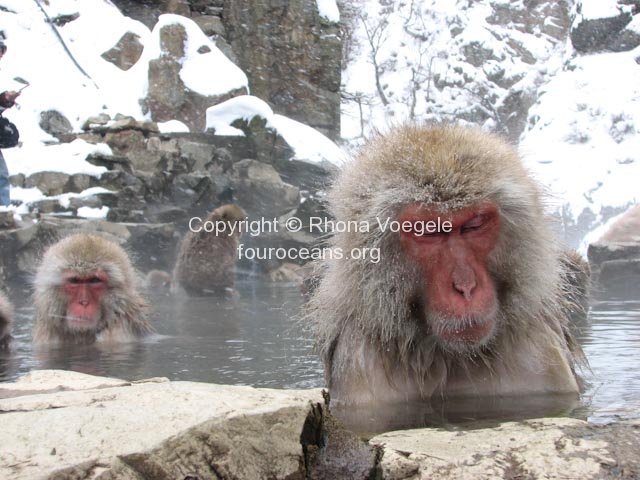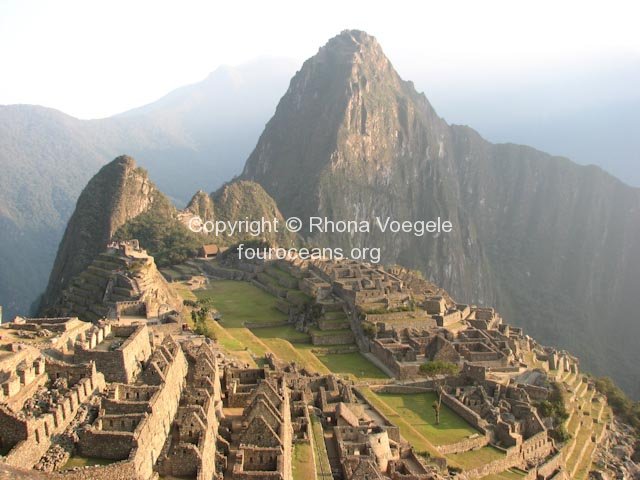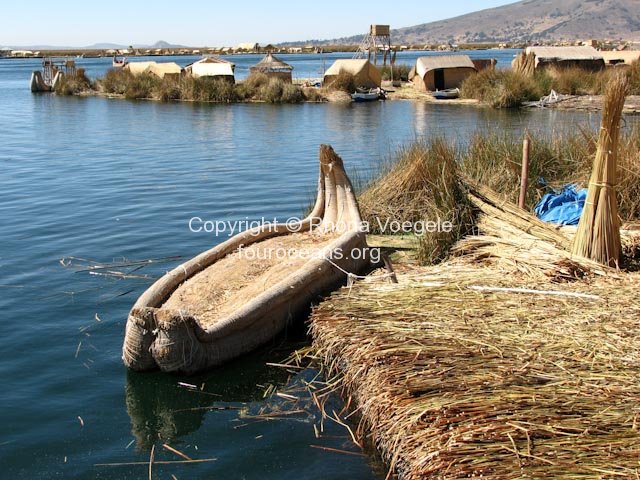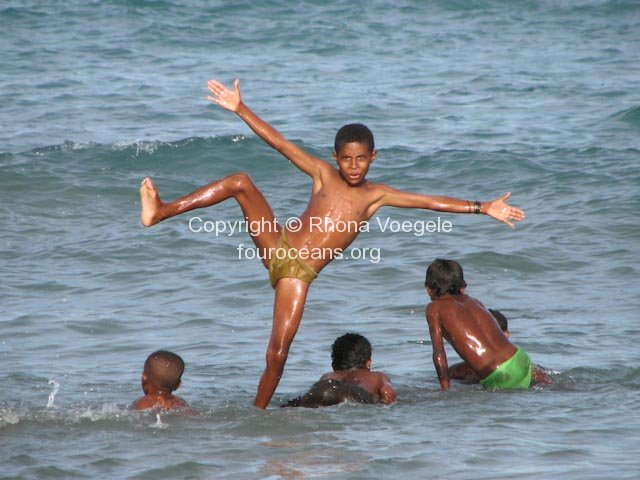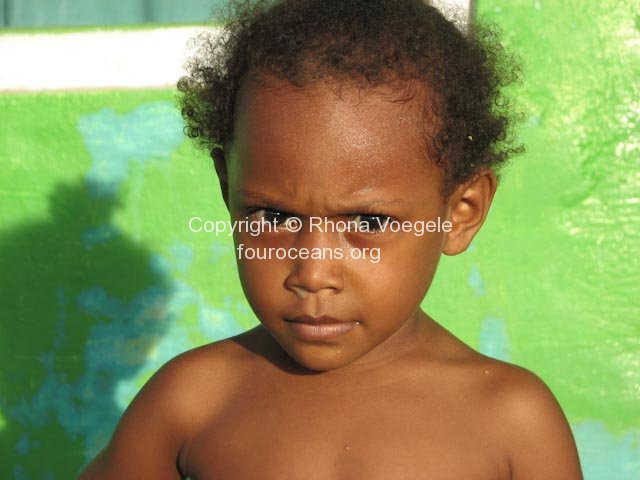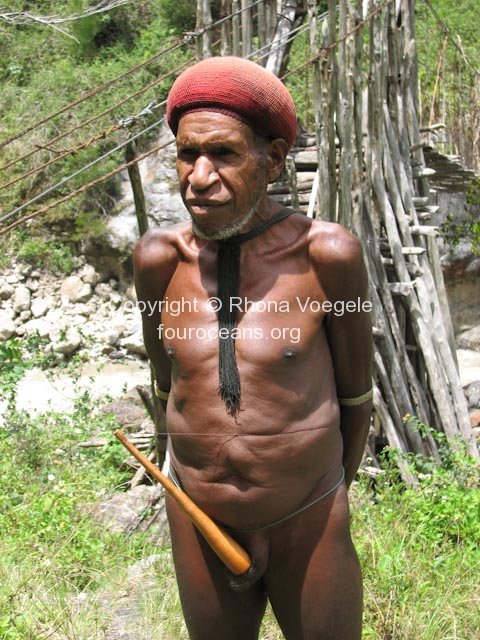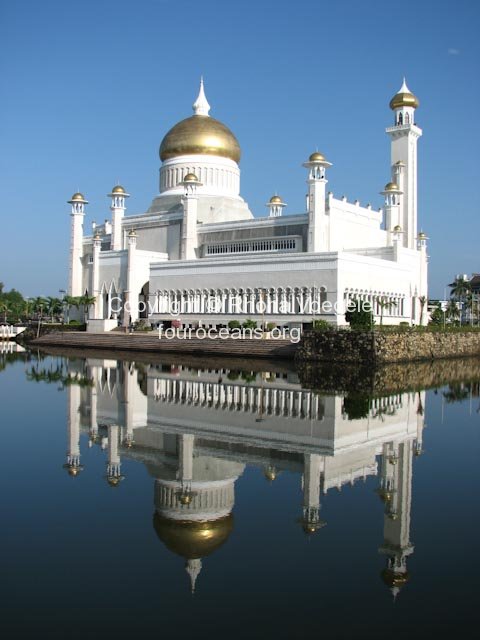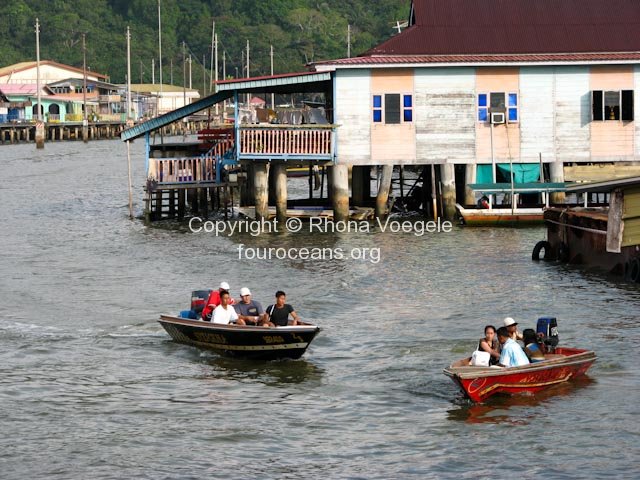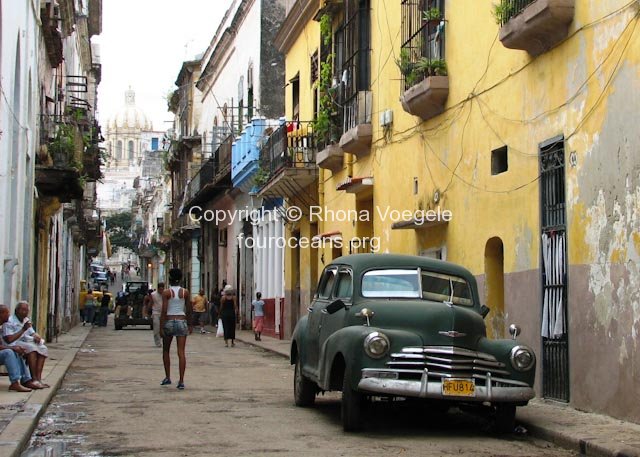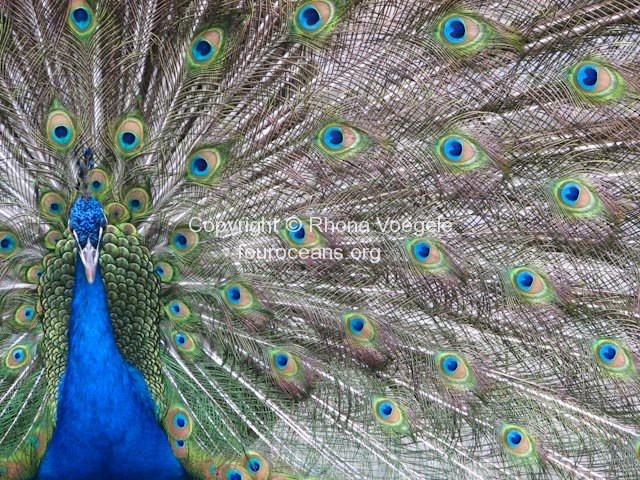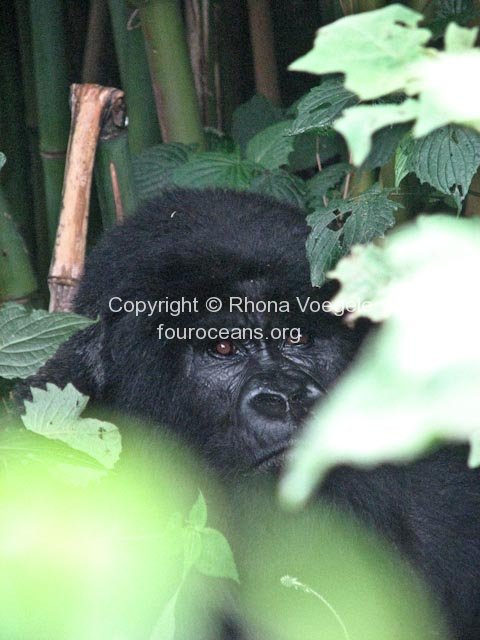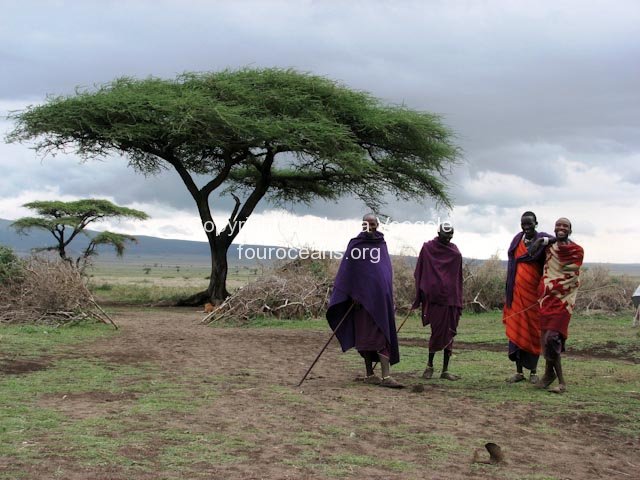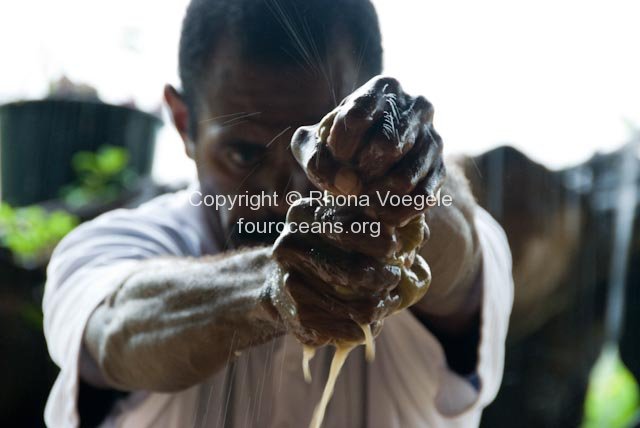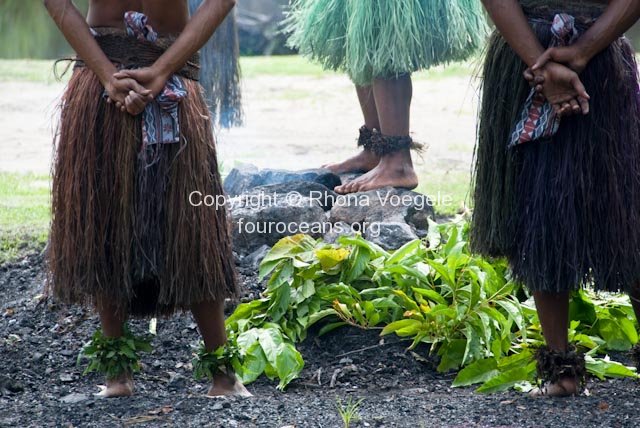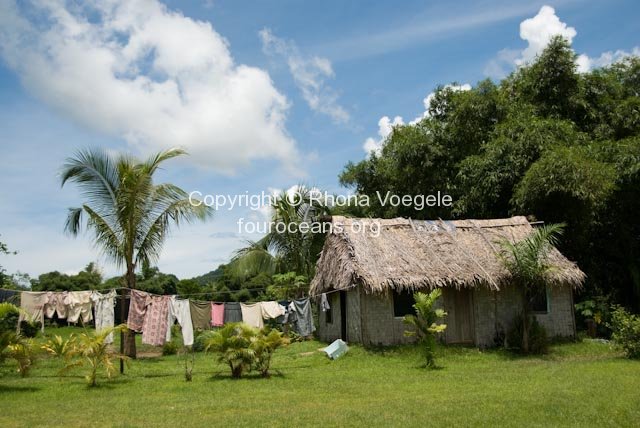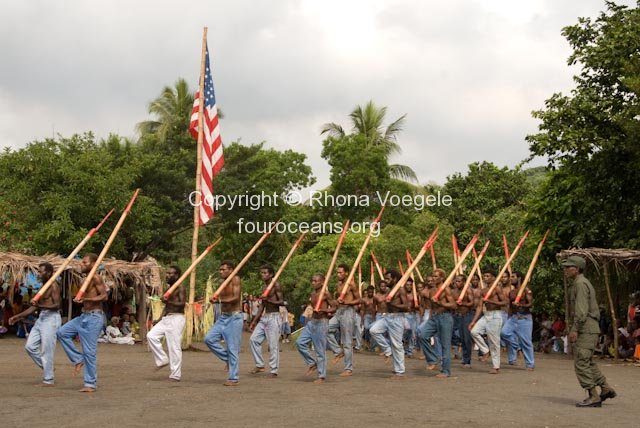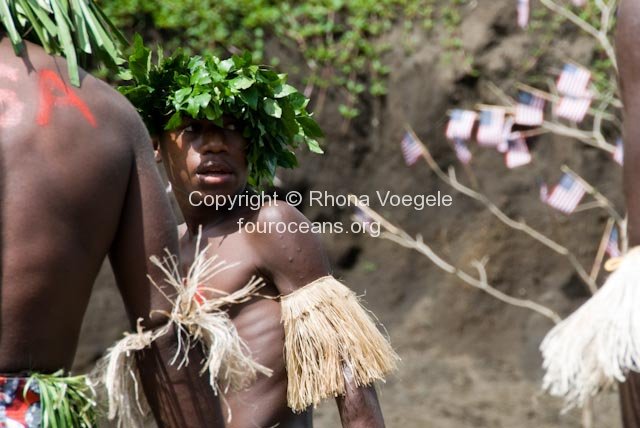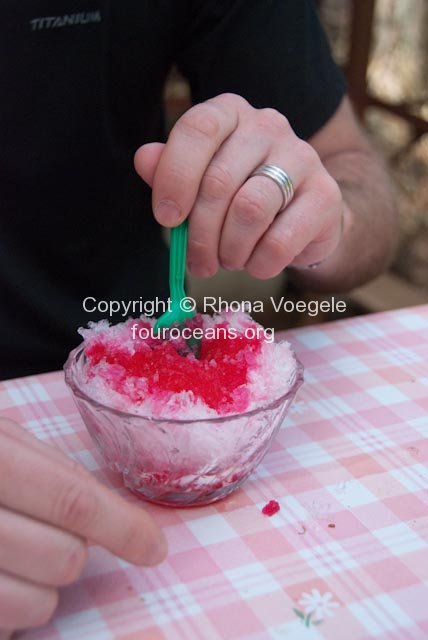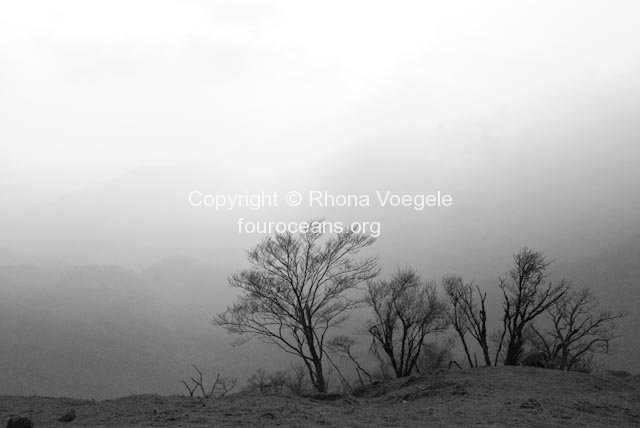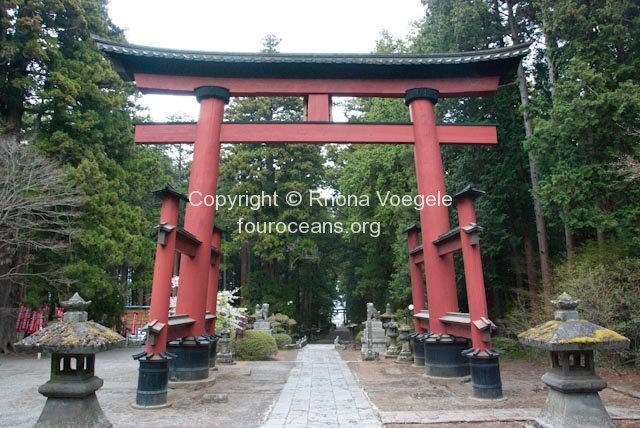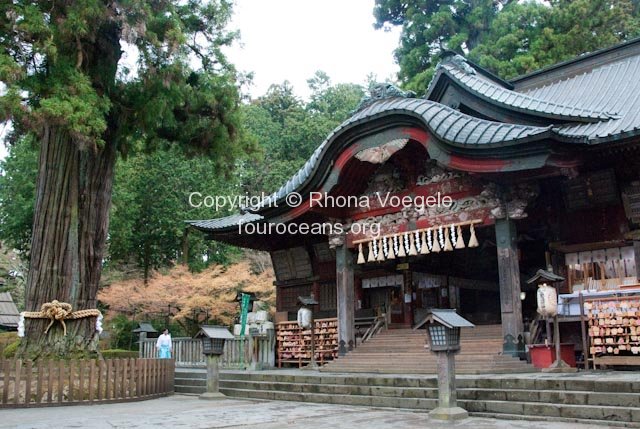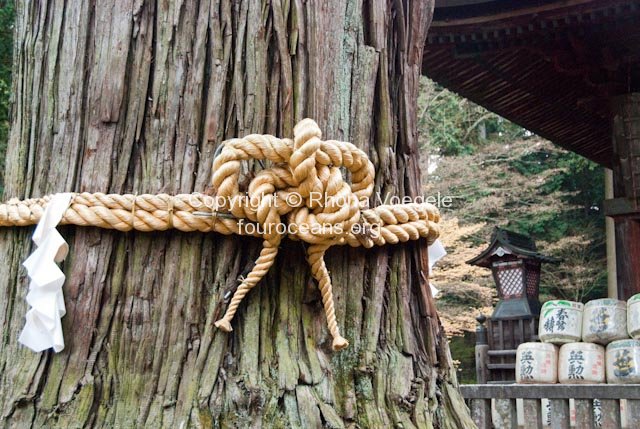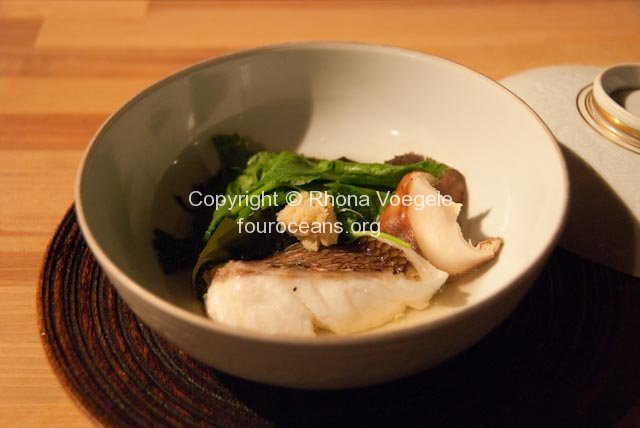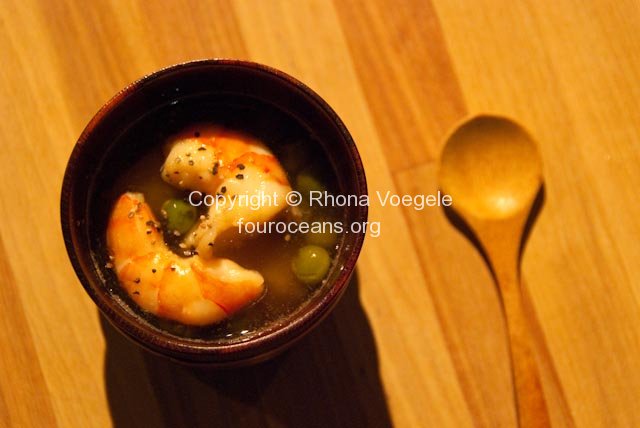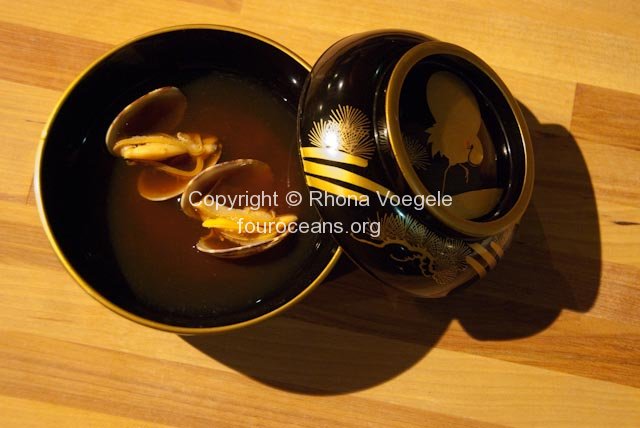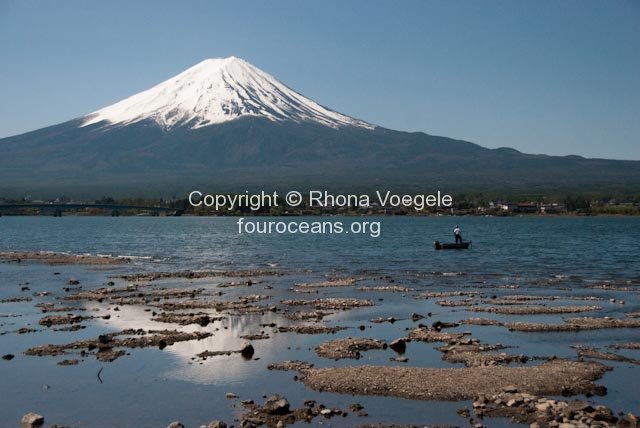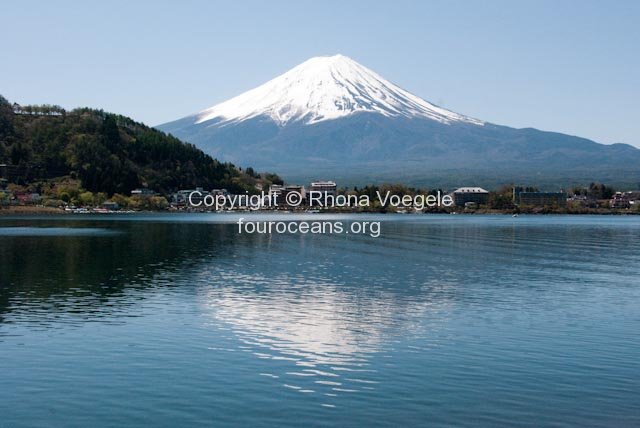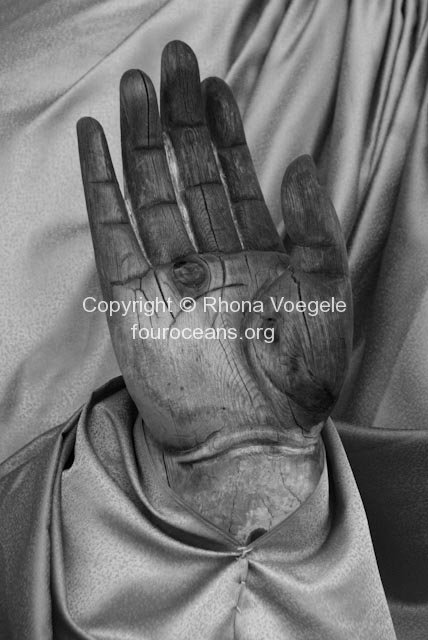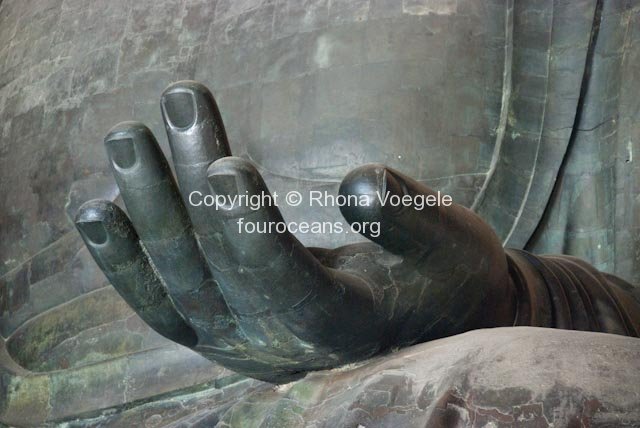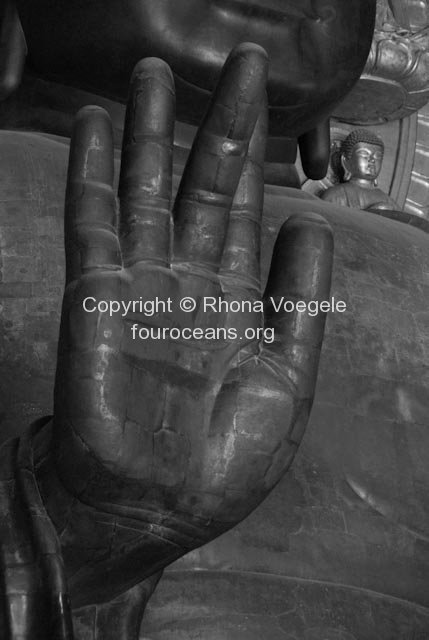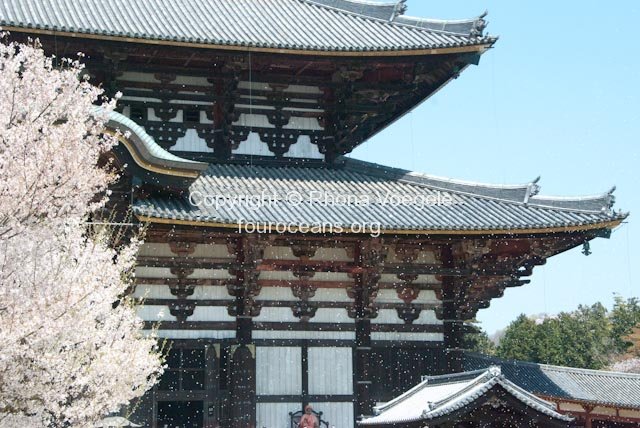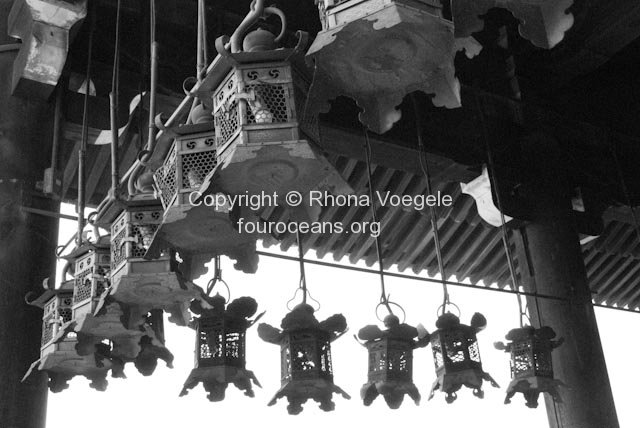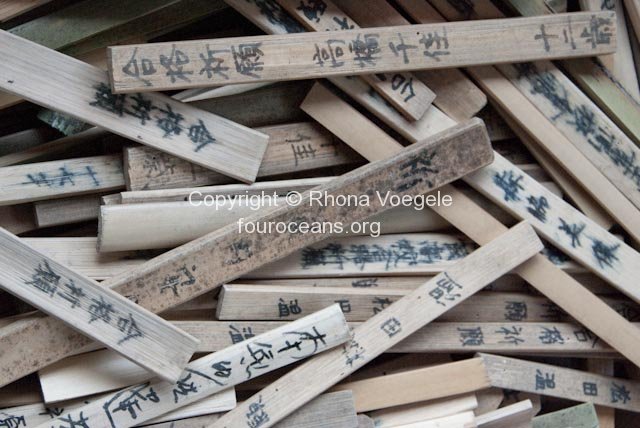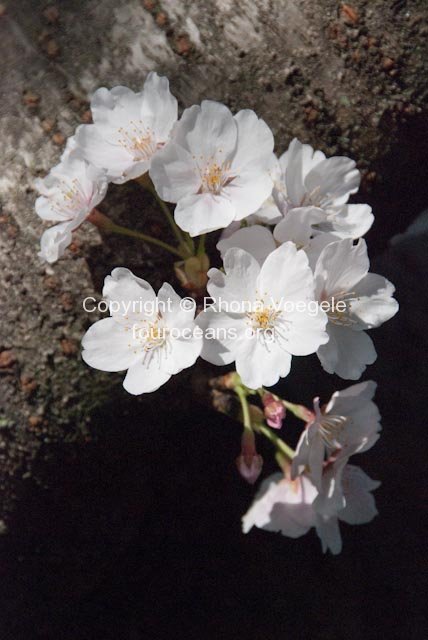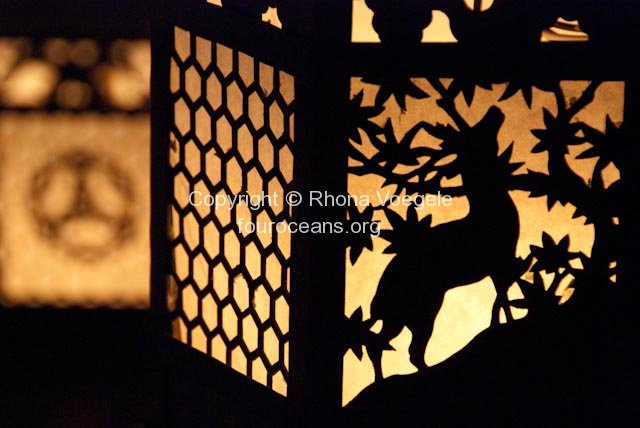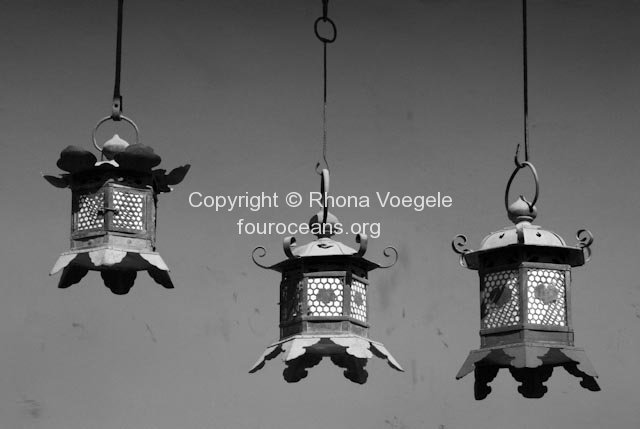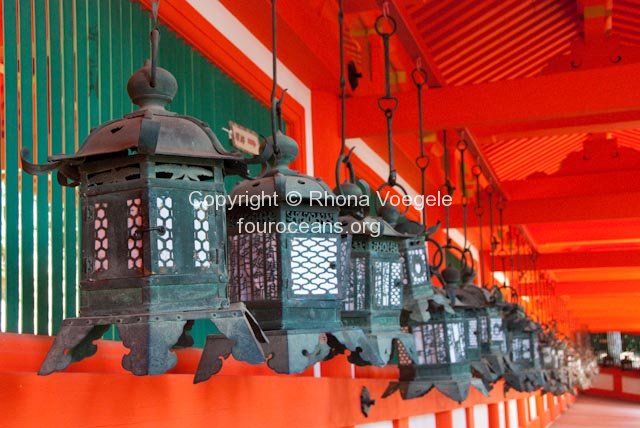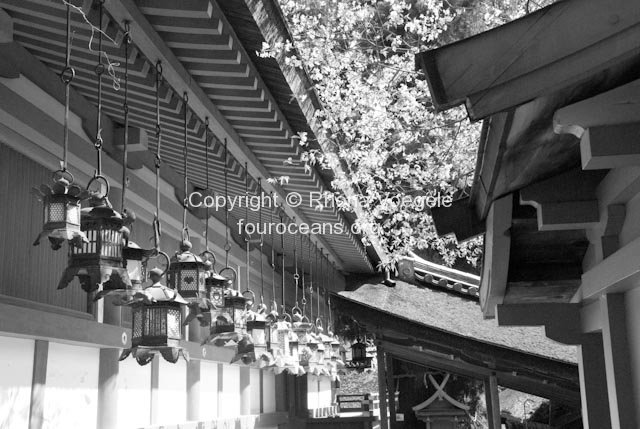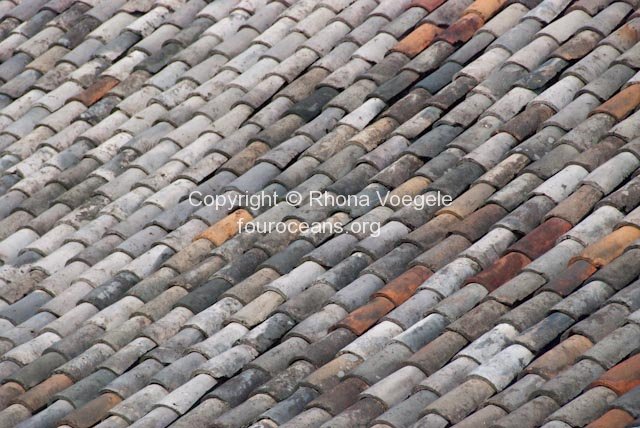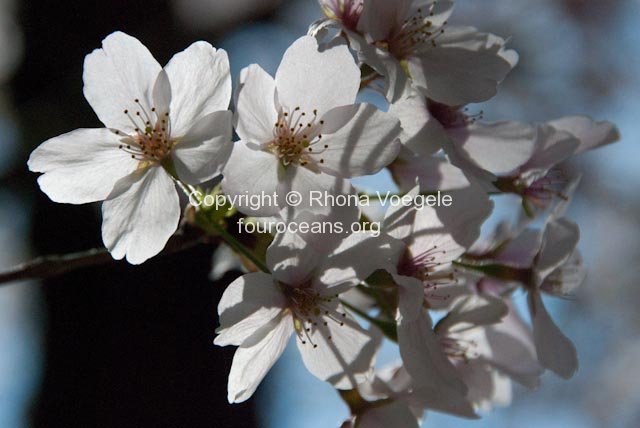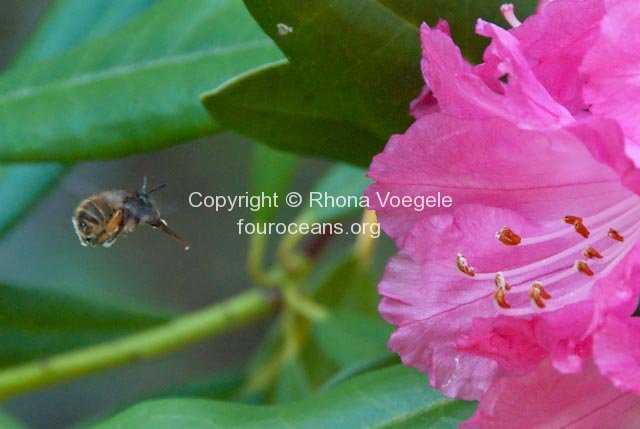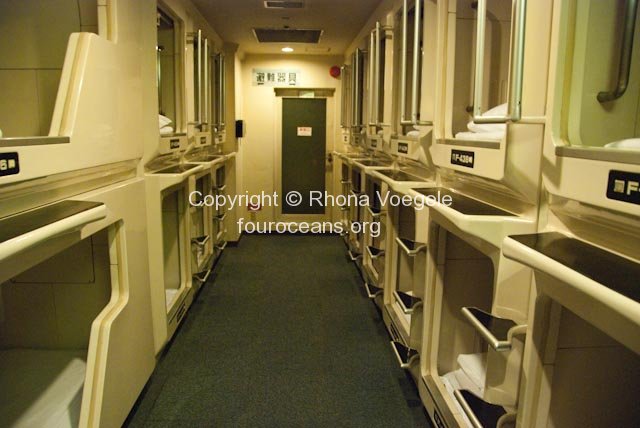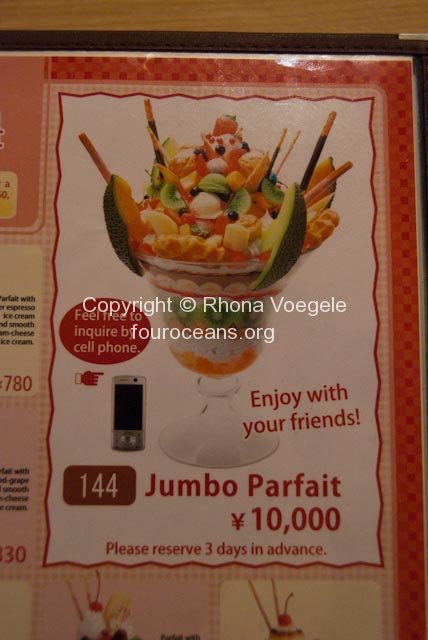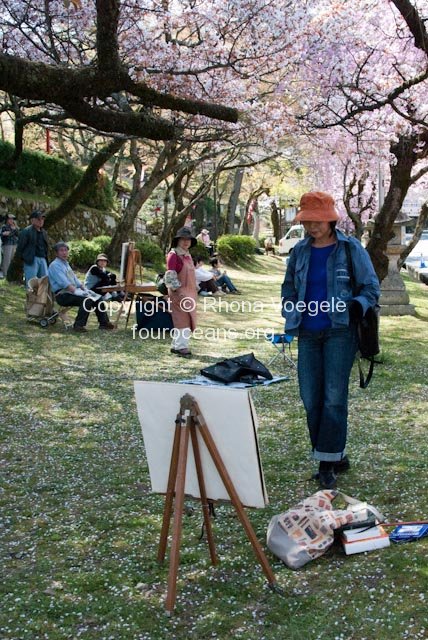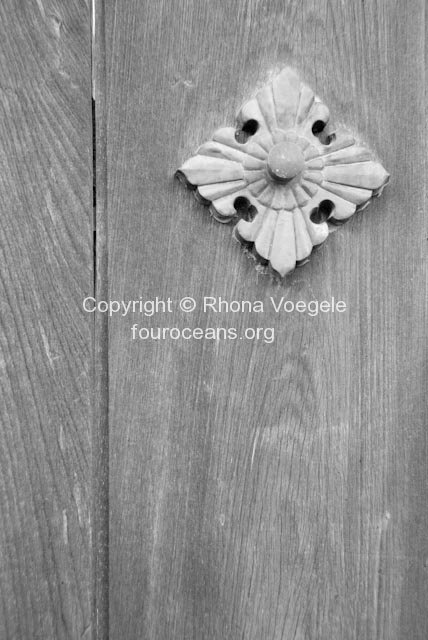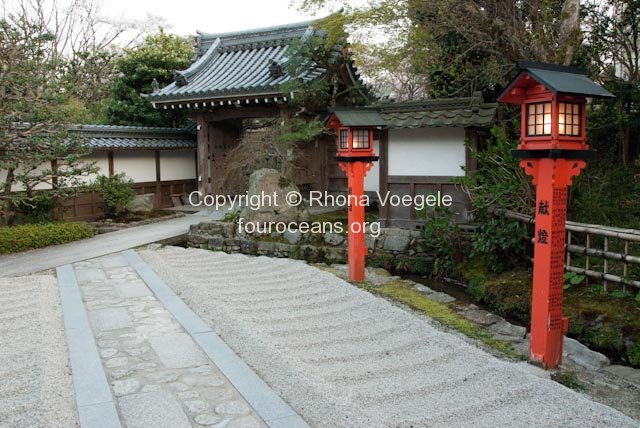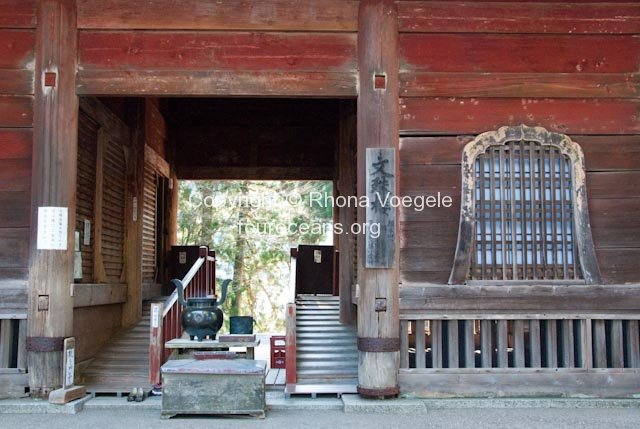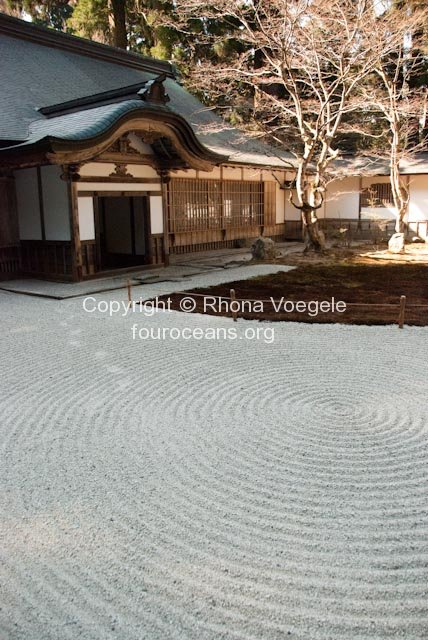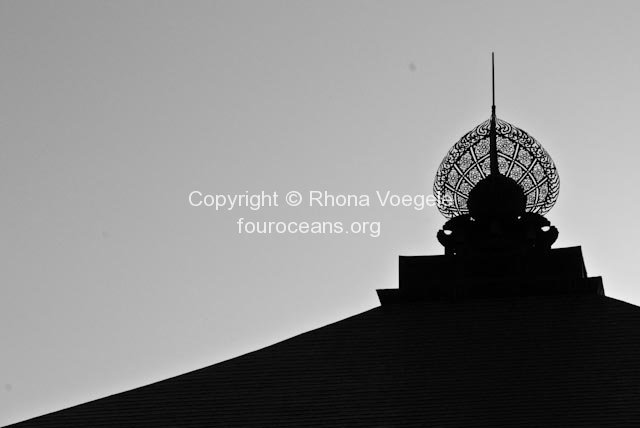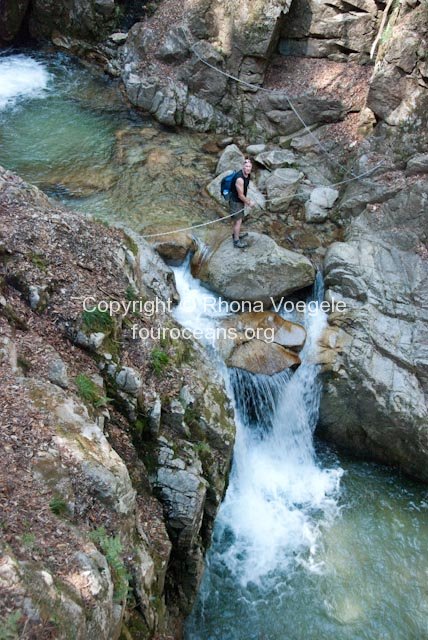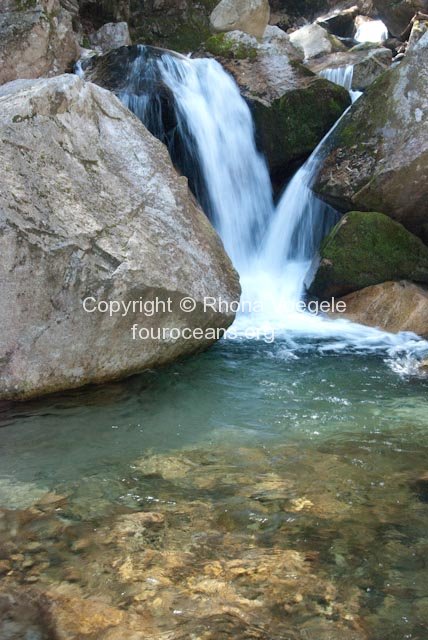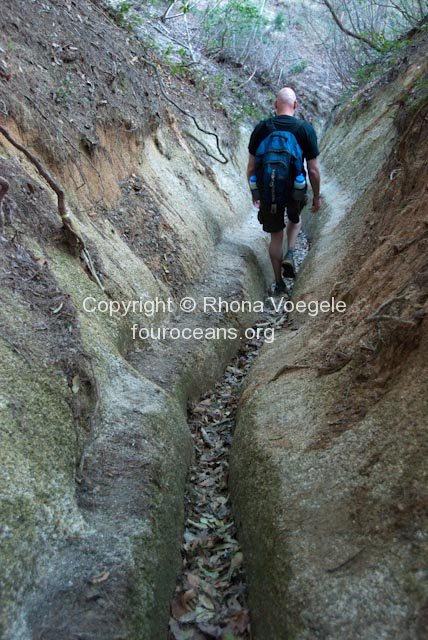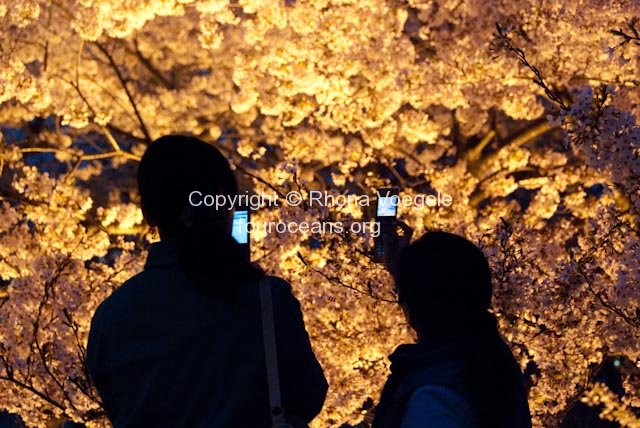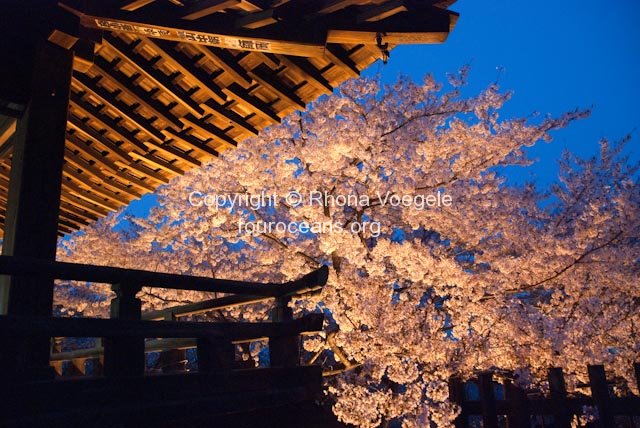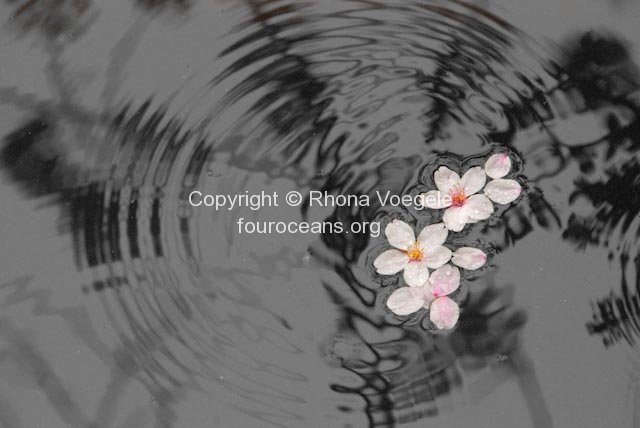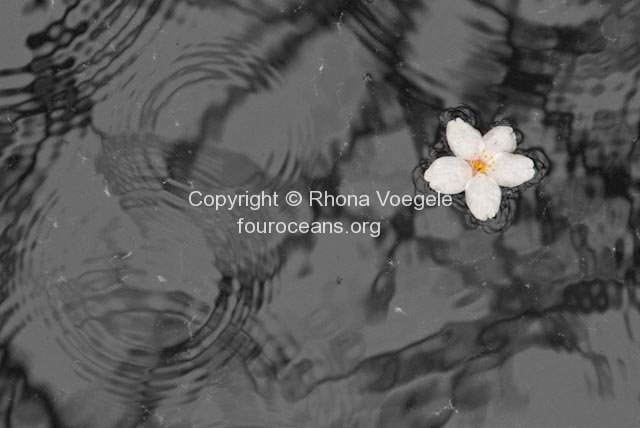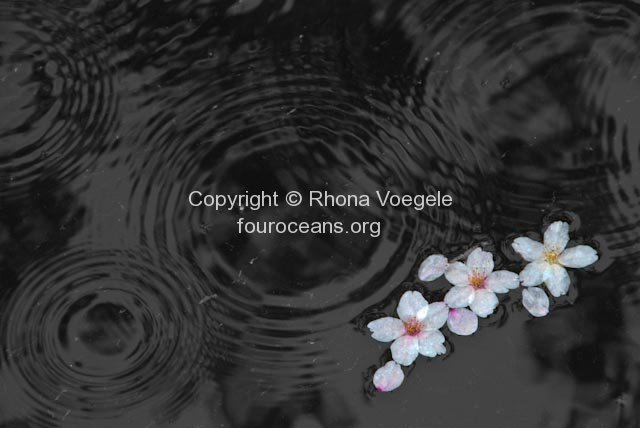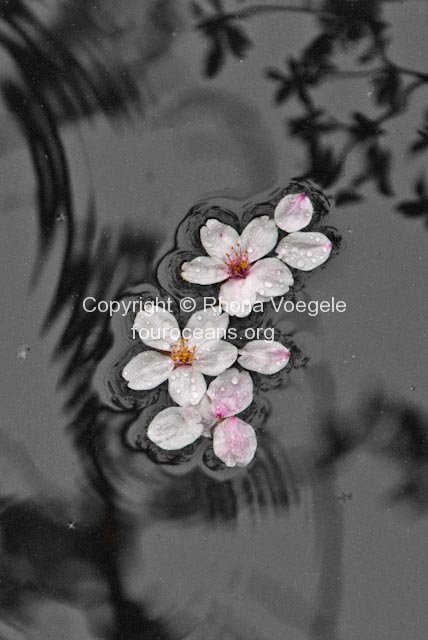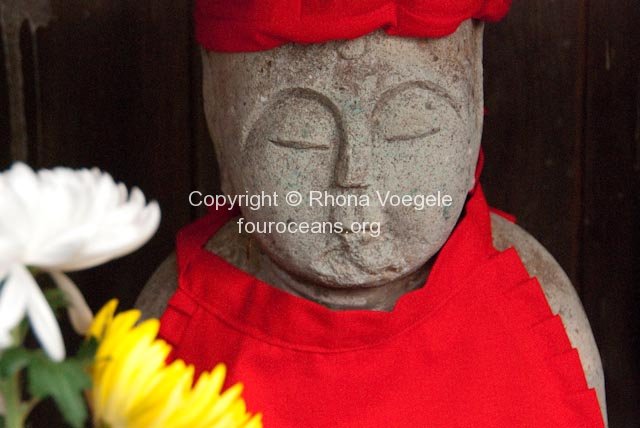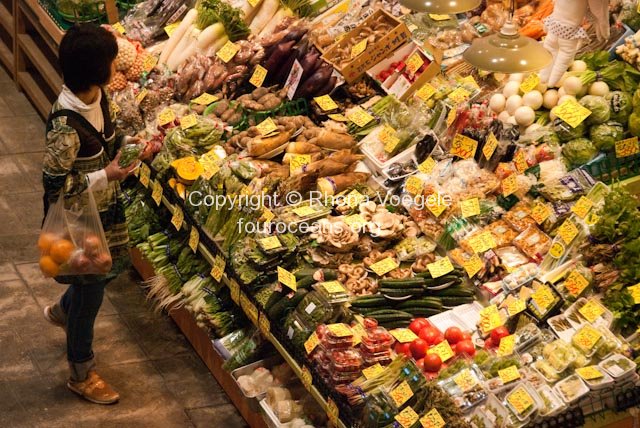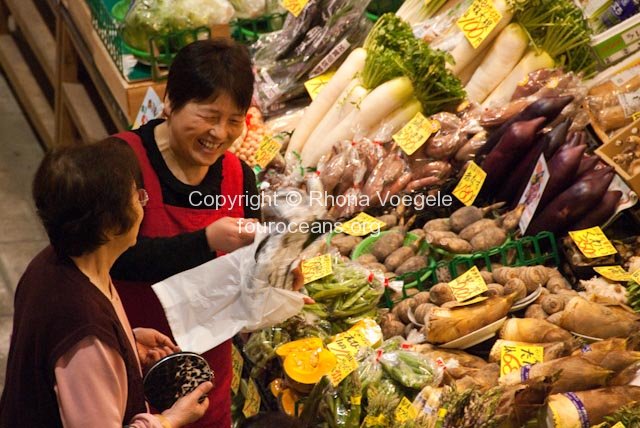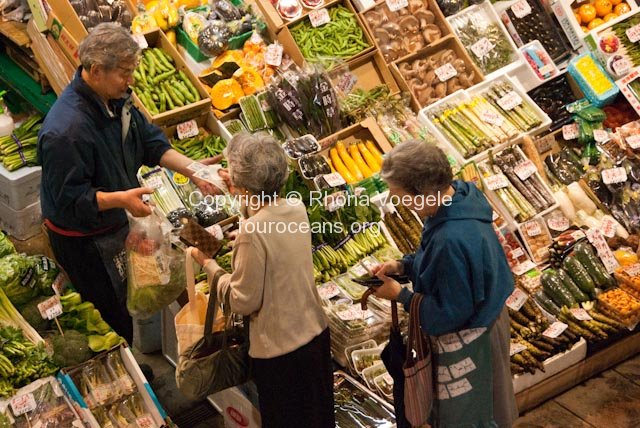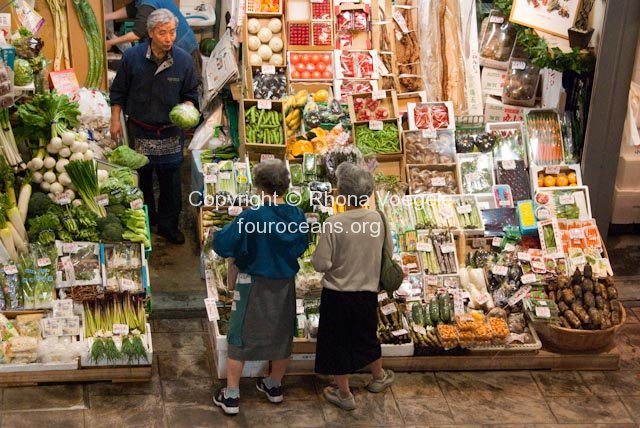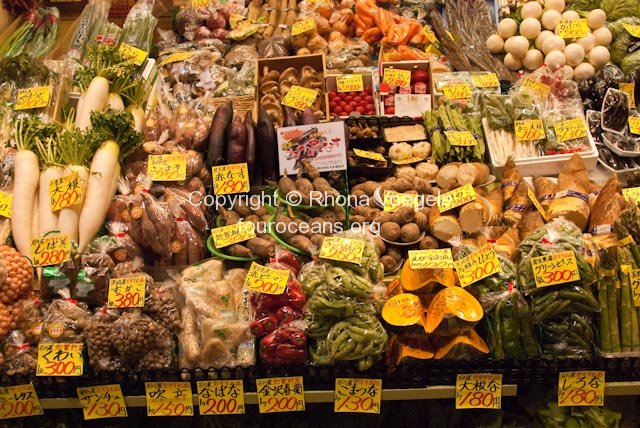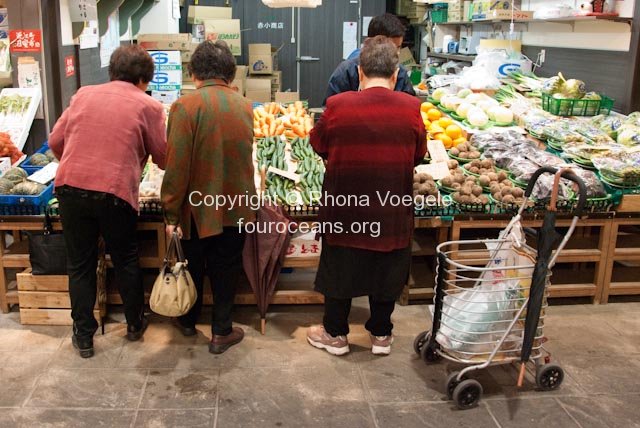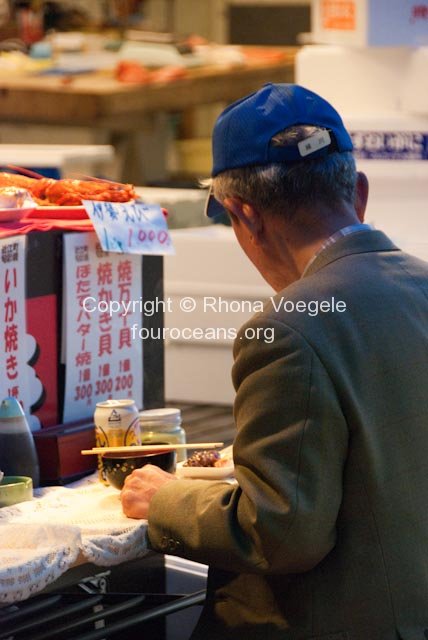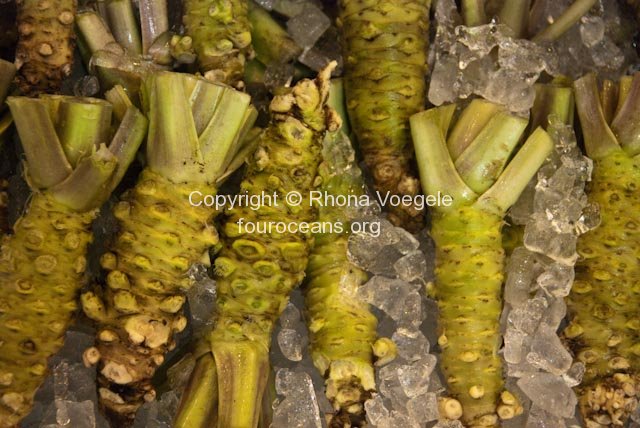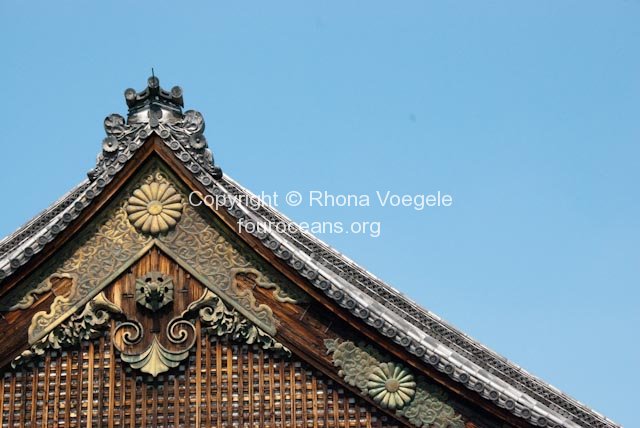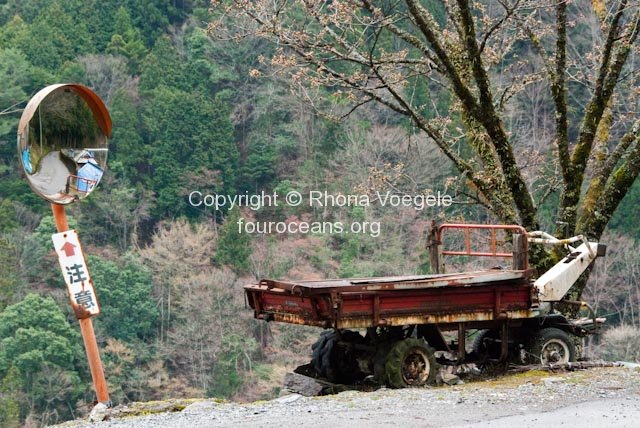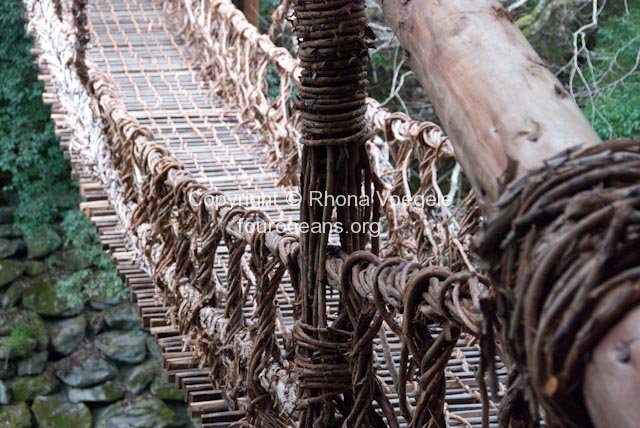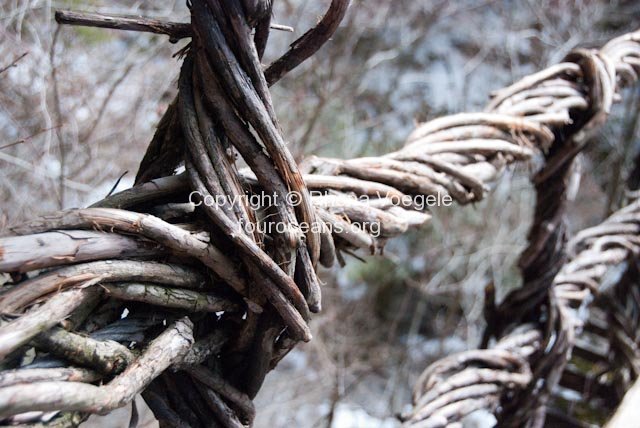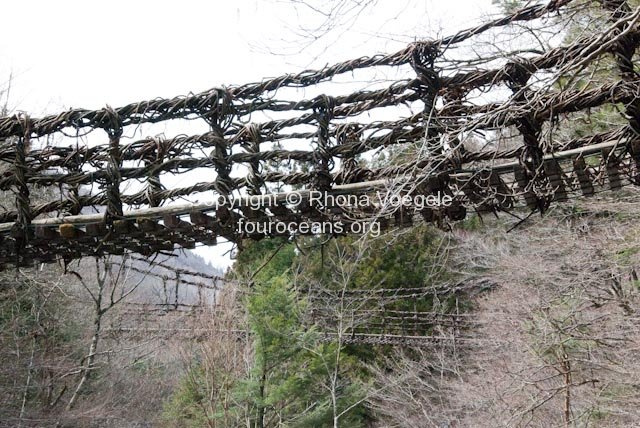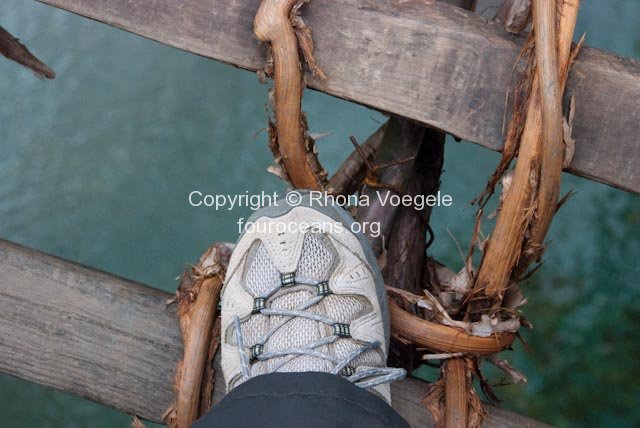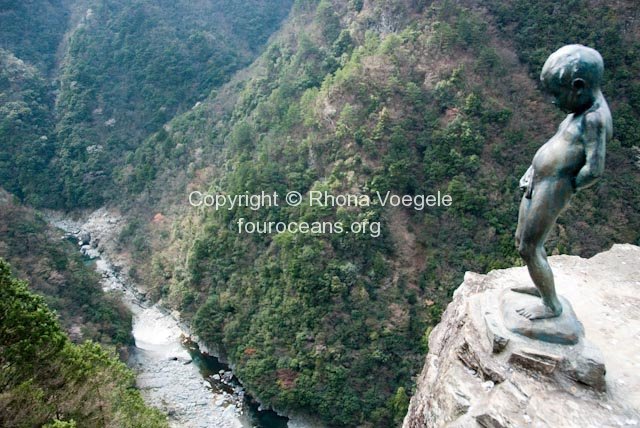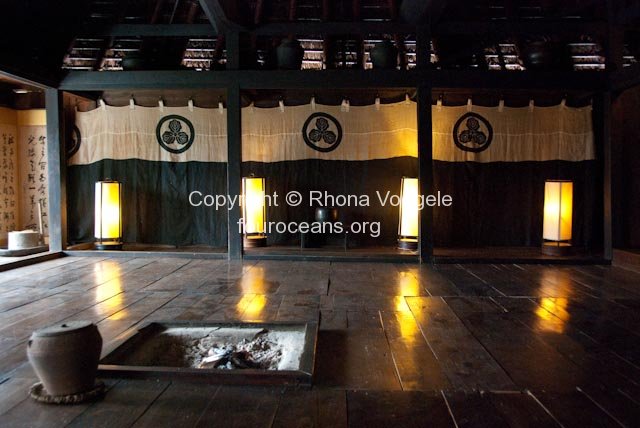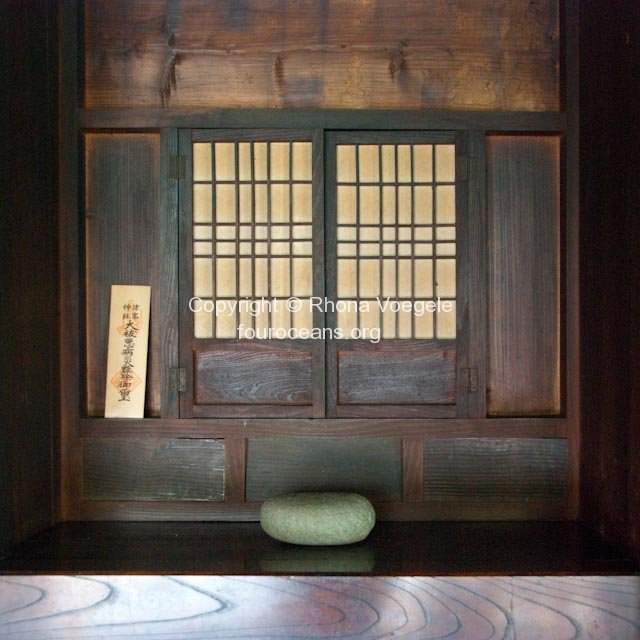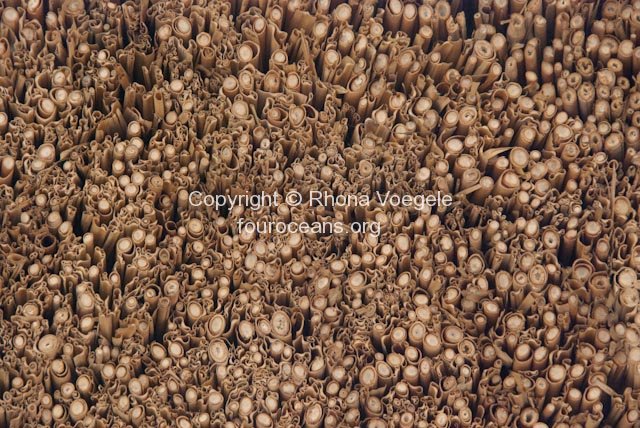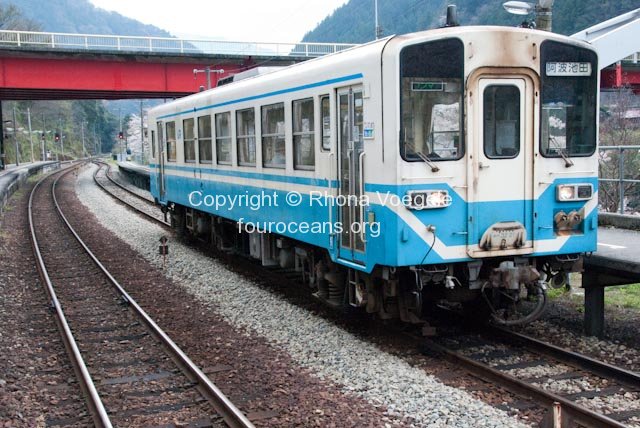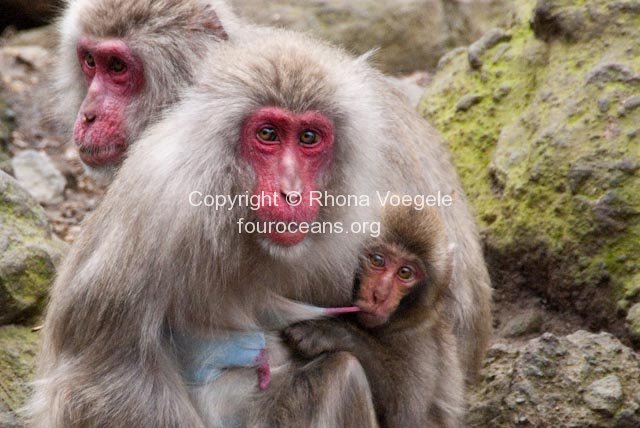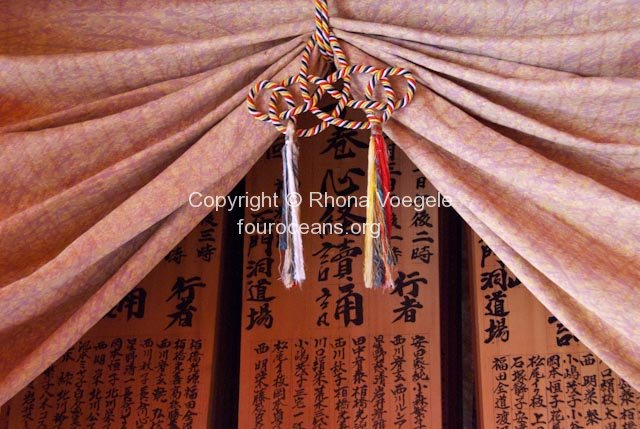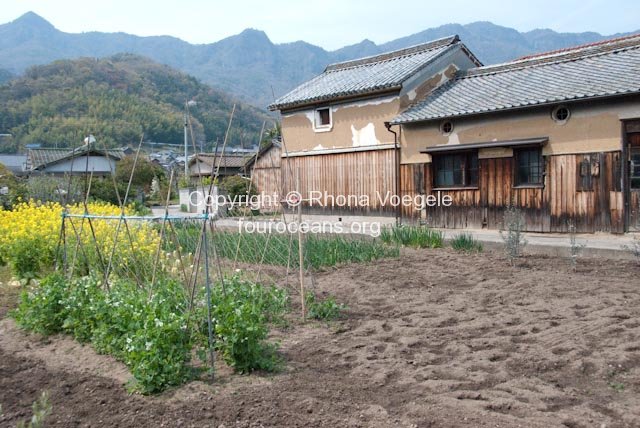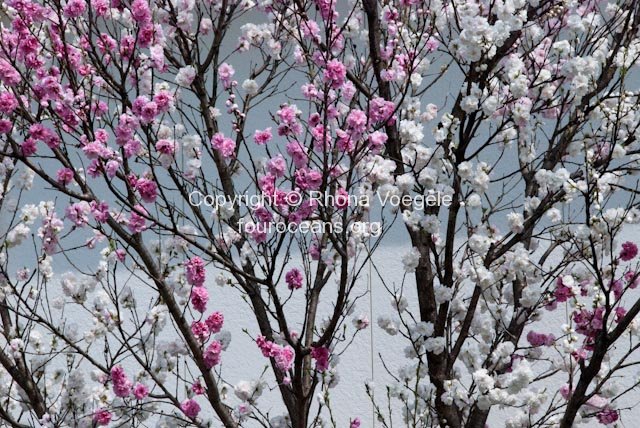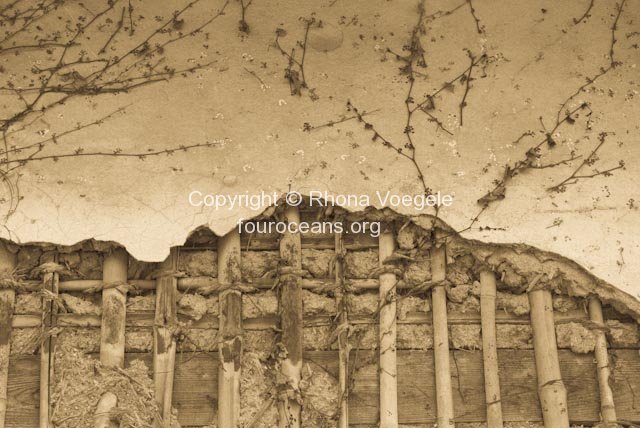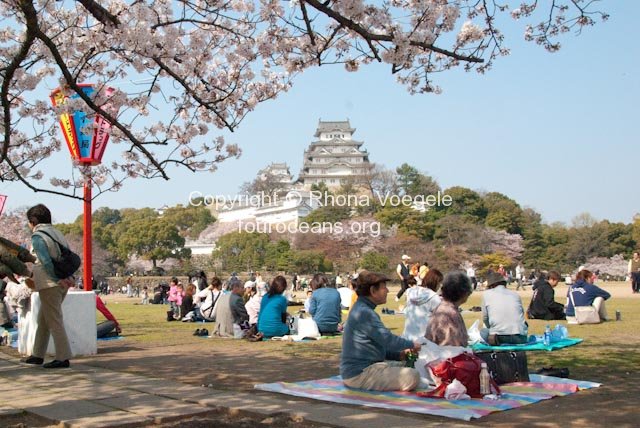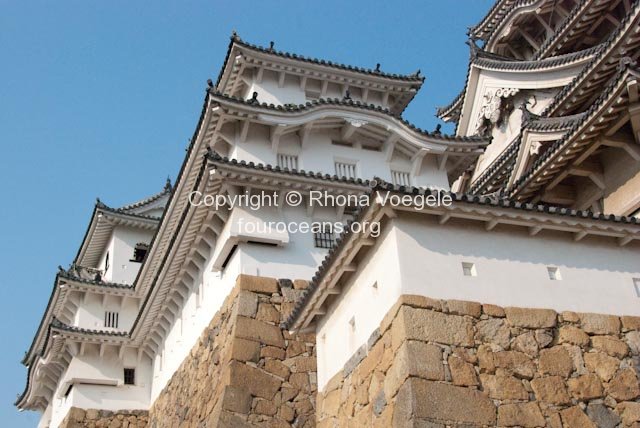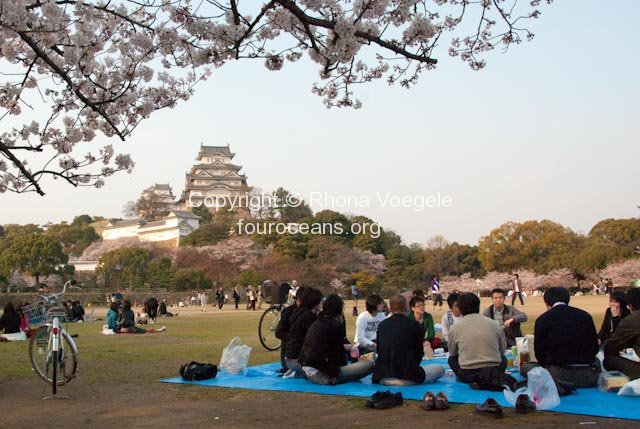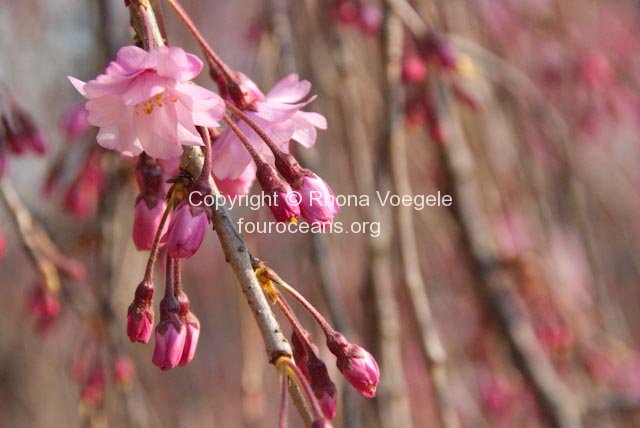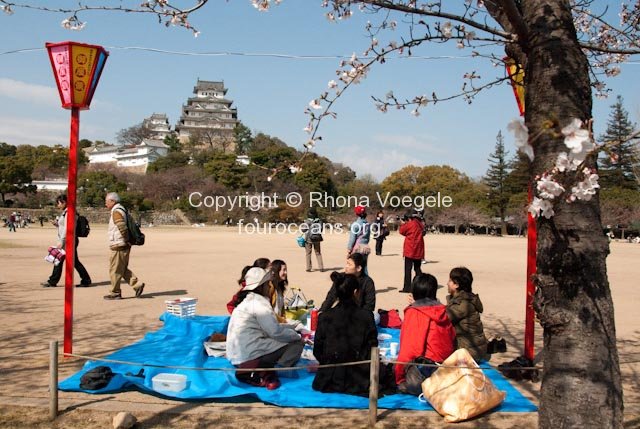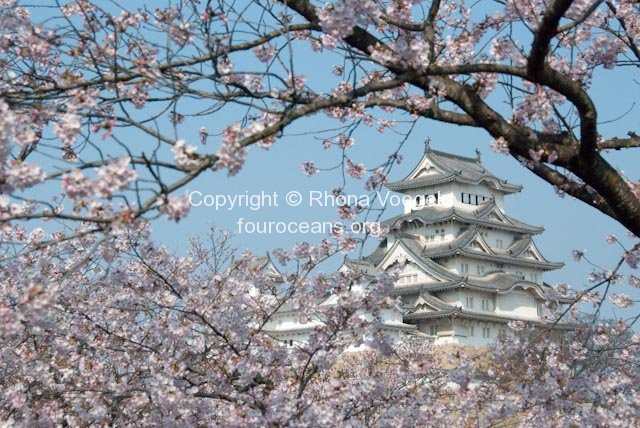–
–
After leaving the bustling city of Hiroshima we headed to Shikoku for some quiet time in the Iya Valley, a rural area in the east of Shikoku island. I’ve been there before on tours but this time we opted for a backpacker place, local transport and planned to do some hiking. Unfortunately the overnight hike we’d planned wasn’t possible as it was still snowing at the tops of the mountains and even the lower elevations we were at there was some piles about. We spent a few days wandering around the area, using buses where possible and hitching a few rides. The area is famous for its vine bridges, built to cross the steep sided valleys and apparently favoured for the fact they could be cut down if pursued. Legend has it that the area was the refuge for Heike warriors defeated by the Genji clan in the 12th century. The Genji went on to found the first shogunate government of Japan in 1185, a style of government that remained in place almost all the way through until 1868. With varying people taking the role of shogun of course, and here ends my Japanese history lesson, I could go on…
We made our way out to the husband and wife vine bridges which I’d never been to before. The higher one is obviously the husband, and being higher is obviously superior in every way. Yes dear, of course dear, whatever you say dear ;o) Expecting to do plenty of walking to get there we were pleasantly surprised to have the bus take us all the way and then pick us up again an hour later. Perfect! This wasn’t so much the case when we headed up to Chiiori, a thatched roof house restored by Alex Kerr and the Chiiori trust. The bus dropped us off at the bottom of the hill and it was a 4-5km walk uphill. I didn’t really consider myself unfit but after a few days of walking (even when we caught buses the hotel was 45min walk from the closest stop) I felt it. It was fun catching the first bus of the day 2 days in a row – we recognised the bus driver and the regular customers, many of whom were dropped off in places that weren’t actually stops. One guy brought the driver his morning coffee in a can from the vending machine.
En route to our next stop, an island on the Seto Inland Sea we stopped at Naruto to see the whirlpools which form when the tide flows through the narrow channel. It was my idea and I’m very very sorry. It was average at best and I think I used less complimentary language at the time. We waited patiently for 2:30 (the best time we were told) to tick around, hoping that the swirling waters would somehow suddenly morph into impressive whirlpools but even as 2:35 and 2:40 ticked around we stared intently at very boring water. There was quite a flow to the tide but it was most certainly not worth a trip, even if you were in Naruto (which, unfortunately we weren’t). Thankfully Shodoshima, our island getaway, was worth every second we spent getting there and away.
We arrived on a ferry from Takamatsu and rushed to the bus stop as the bus left 3 mins after the ferry arrived (very girigiri as the man at the ticket counter told me). A local woman stopped by to make sure we were OK, checked the bus times and would have given us a lift even though it was in a “somewhat” different direction to where she was going. The road from the port went two ways, it would have been in quite a different direction I suspect. The bus came, we got off at the right stop and walked in to the most informative and helpful youth hostel I’ve stayed in for a while. Before even getting to our room we’d organised a hike and bike for the next day, a lift to the start of the hike and our bikes delivered to a convenient location for us to spend the afternoon moseying about. The Lonely Planet showed a road circling the island and we were thinking of doing a circumnavigation until the English speaking owner/manager strongly discouraged us. Just as well! There were some serious hills about and the bikes had no gears, even small inclines seemed steep.
The Kankakei hike was great, even on a grey day, though both of us were surprised at how short it was. Of course it would have been longer if we’d headed out to the highest peak but on such an uninspiring day it seemed pointless to head up for a view. Besides, we had bikes waiting and an island to explore! We rode through the quiet neighbourhoods, stopped at picturesque houses, explored temples, came across a local festival and in general really really enjoyed our afternoon. Brett tried moromi flavoured icecream – which the dictionary defines as “main fermenting mash (in the production of sake)” but in this case was probably in the production of soy sauce, a product the island is famous for. It’s also famous for olives and was one of the first 3 places experimental plantations were made in 1908. For an island that has so much hype about their olives (we stayed in the Olive youth hostel, the boat we caught was the Olive Line and the island has Milos, Greece as a sister city) we didn’t manage to hunt down a single olive. Strange but true. They had olive oil galore, olive soap, olive socks (pictures embroidered), olive chocolate and olive tea but not a single olive!
Our boat from Shodoshima took us to Himeji where we hit the most beautiful castle in Japan at the most beautiful time of year. Right at peak cherry blossoms. It was busy but not as busy as expected. Of course both Brett and I took an obscene number of photos, me especially as I’ve been to the castle many times before and at cherry blossom time before. Still, every angle looked new and every blossom unique, as they always do. We were finally kicked out when the castle closed and headed to Osaka because Kyoto was fully booked. I’m not joking, the city’s hotels, ryokans, minshukus, hostels, business hotels and everything else I tried were fully booked. We spent yesterday in Kyoto as it’s only a 1 hour train ride away and there were a few things Brett didn’t get to see last time we were here. First up was Daisen in, a small but beautiful sub temple of Daitokuji, with a delicate rock garden with the famous blue green stones from the Iya Valley we’d just visited. Next was Nijo castle, not a castle by Himeji standards but the residence of the Tokugawa shogun when he visited the emperor in Kyoto. Nearby was Nijo Jinya, an inn where visiting lords stayed when they wanted to meet the shogun. It’s famous for a variety of architectural features that prevent fire and also protect visiting lords from attack as well as the opulence of the fittings. It was cool to be able to take Brett there. From there a quick taxi ride took us to the Miyako Odori.
Once a year in spring the geisha and maiko of Gion Kobu flower town put on dances to celebrate the cherry blossoms. They started in 1871 after the imperial capital moved from Kyoto to Tokyo to show that Kyoto’s arts and culture were as strong as ever despite the perceived loss of status. It was beautiful to watch the grace of the dancers and to see geisha and maiko performing the skills that they train so hard to obtain. I can only imagine how busy their lives must be during the cherry blossom season. With 4 performances daily, endless parties to attend and a city full of gawping tourists every time they stepped outside the girls must breathe a sigh of relief when spring is over.
Last night we caught up with an ex-Intrepid leader back here in Osaka and are planning on spending a few more nights here before some hiking at Lake Biwa, up to Kanazawa and back to Tokyo briefly.
See this week’s photos in the gallery or watch the slideshow above.
Tags: Hiroshima, Iya Valley, Naruto, Seto Inland Sea, Shikoku, Shodoshima
